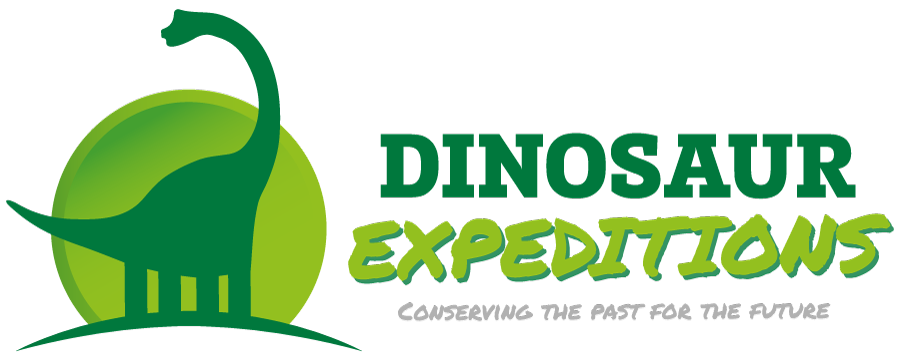A huge Koumpiodontosuchus crocodile tooth discovered on the foreshore at Brook by Megan Jacobs. Although very small this tooth is roughly twice the size of the teeth from the Holotype (original fossil discovery) Skull found on Yaverland beach a few years ago. This rare and unusual crocodile differs from modern crocodiles due to its specialised dentition.
Dinosaur Expeditions C.I.C. - The Story so far...... Part 5
With the Dinosaur Expeditions Centre temporarily closed for renovations work, we took the opportunity to survey the cliffs between Cowleaze Chine and Barnes High (opposite the Dinosaur Farm).
Oliver was joined by volunteers Ashley and Paul. On previous solo fossil hunting expeditions Ashley discovered a rare theropod (meat-eating dinosaur) tibia (lower leg bone) and a decade earlier, Paul discovered a rare theropod dorsal vertebra (back bone). So if there was anything to be found there was a good chance we would be able to find it.
We made our way over Barnes High and searched high and low for three days. We identified nine sites and found Hybodont shark spines, fresh water pond mussel bivalves, fossil wood and several dinosaur bones.
The survey produced several highlights. Paul found a small Theropod (meat-eating dinosaur) phalange (toe bone), Ashley found part of a large unidentified sacral (hip) vertebra and Oliver found an isolated Anteophalmosuchus (Goniopholis) crocodile tooth!





